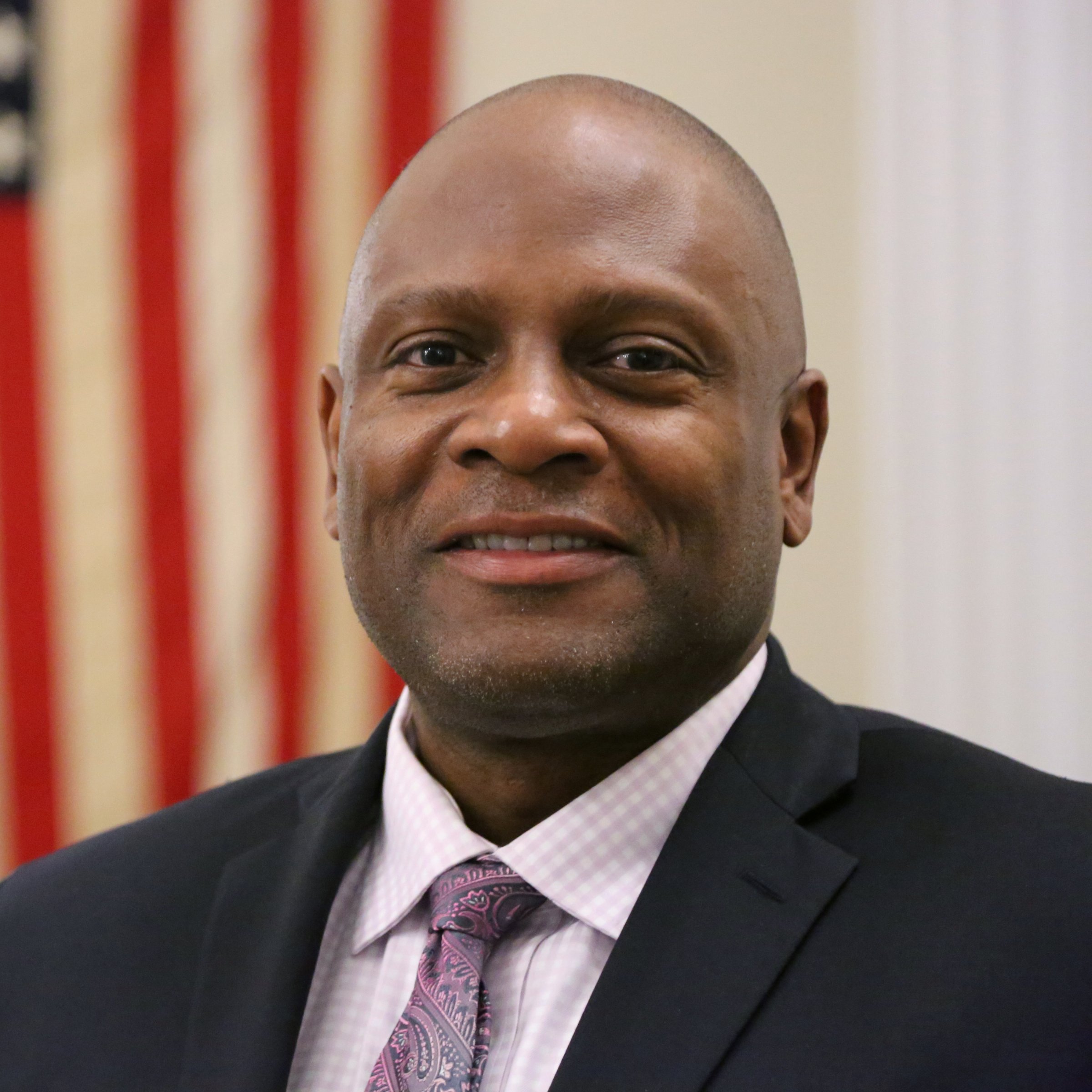
Thursday will be the final day that Douglas Brooks serves at the head of the White House’s Office of National AIDS Policy, a position that has garnered little press in an era when HIV is no longer seen as a certain and impending death sentence.
Brooks, who served in the position for two years and will be replaced in the interim by senior policy advisor Amy Lansky, was the third person to hold this post in Obama’s administration and the ninth ever. He is the first openly gay, HIV-positive African American to have the job.
The post was created in 1993 by President Bill Clinton near the climax of the AIDS crisis. There were roughly 40,000 HIV and AIDS-related deaths in that year, compared to fewer than 7,000 in 2013, according to the Centers for Disease Control and Prevention. Improvements in treatment and prevention, as well as such declines, have lessened fears of the disease. Tellingly, the CDC’s current FAQ’s include the question “Do people still die from HIV?” (The answer is “yes.”)
During his tenure, Brooks worked to train the spotlight on people with demographic characteristics like his, who are at a much higher risk of contracting HIV. While the rates of transmission have fallen since their peak in the 1980s, young black gay and bisexual men are heavily affected by the disease. The rate of new infections among this group rose 20% between 2008 and 2010; while 13% of the U.S. population is black, more than one-third of gay and bisexual men who contracted HIV in 2010 were.
“In two short years he infused the national policy dialogue with a passionate focus on the data and populations most severely impacted,” says the San Francisco AIDS Foundation’s James Loduca, who worked with Brooks during his tenure. He describes Brooks, who has a background as a social worker, as approaching the post with “the empathy of a black gay man, living with HIV.” He oversaw the White House’s first meetings on topics like HIV in the South and HIV stigma.
Brooks says he is chiefly proud of the revisions made to the National HIV/AIDS Strategy that Obama updated to the year 2020, setting out guiding principles and goals. It emphasizes that “HIV does not impact all Americans equally,” mentioning young people and racial minorities as well as groups such as transgender women, who sometimes turn to sex work after struggling with finding employment. (In a 2011 survey, nearly 50% of transgender respondents reported a negative outcome in employment, such as being fired, because of their gender status.)
The strategy document lays out the goal of making America “a place where new HIV infections are rare.” Cities such as San Francisco have even loftier goals: “getting to zero.” Experts believe the government must focus on getting more people tested, so they are aware of their status, and making drugs that prevent the spread of HIV accessible to everyone—both goals of Brooks’ tenure that Lansky will continue to pursue.
Brooks will, meanwhile, continue to work on these issues outside the government and left his post with optimism. “Despite the challenges that remain, I know our response is stronger, more focused, and ultimately better today to reach the people we know must be reached,” he said in a statement.
More Must-Reads from TIME
- Donald Trump Is TIME's 2024 Person of the Year
- Why We Chose Trump as Person of the Year
- Is Intermittent Fasting Good or Bad for You?
- The 100 Must-Read Books of 2024
- The 20 Best Christmas TV Episodes
- Column: If Optimism Feels Ridiculous Now, Try Hope
- The Future of Climate Action Is Trade Policy
- Merle Bombardieri Is Helping People Make the Baby Decision
Contact us at letters@time.com